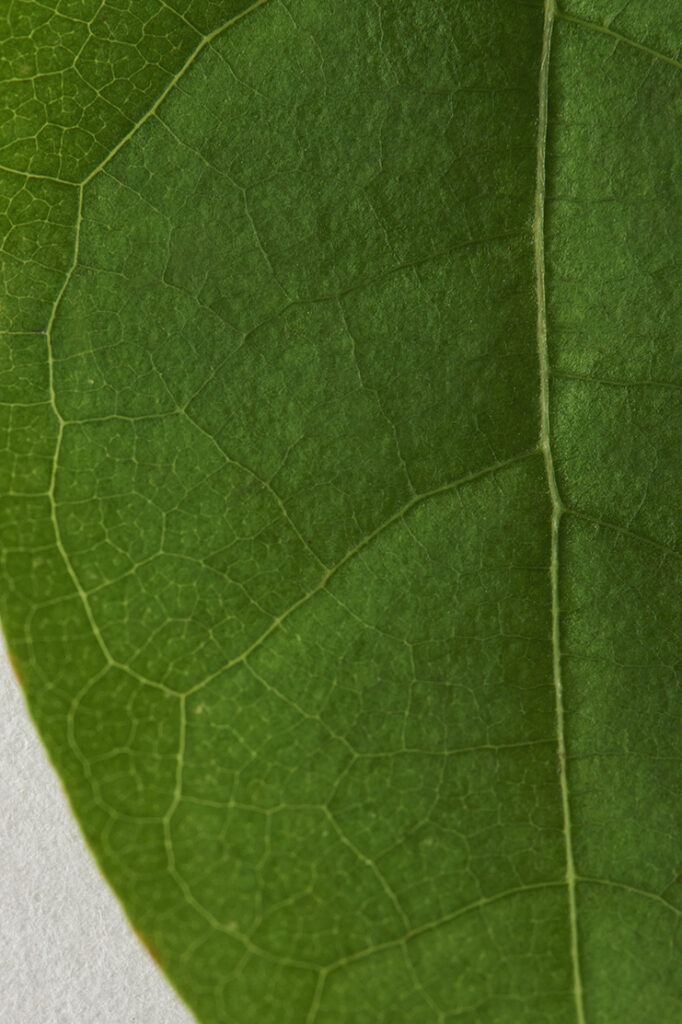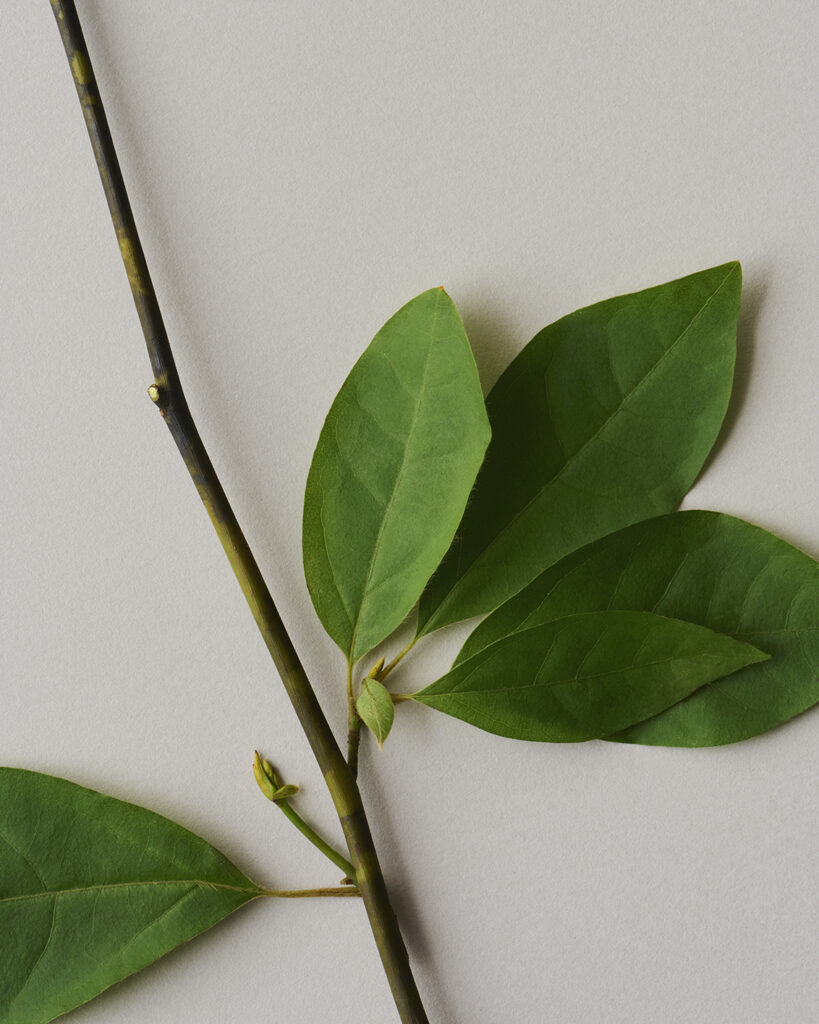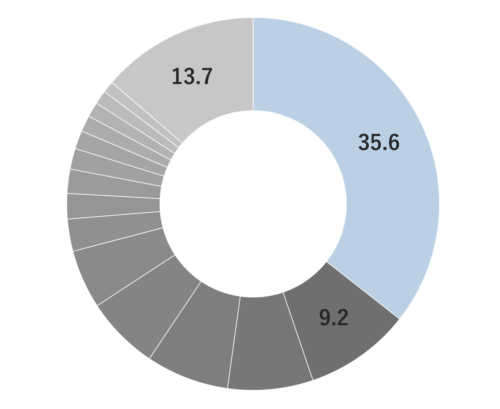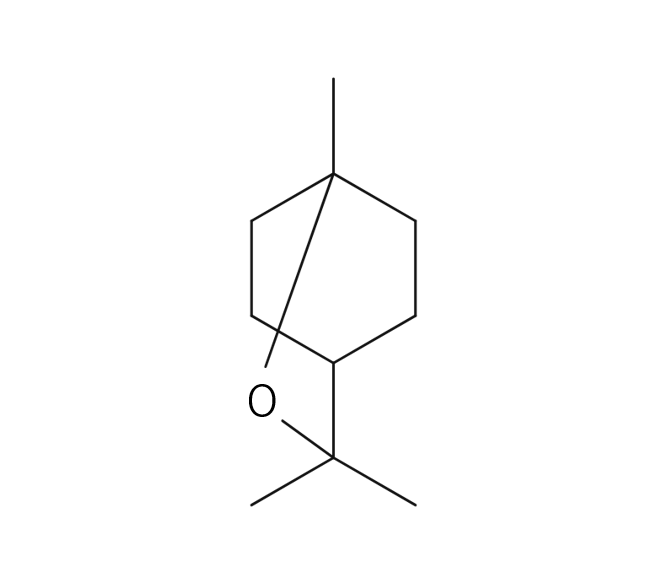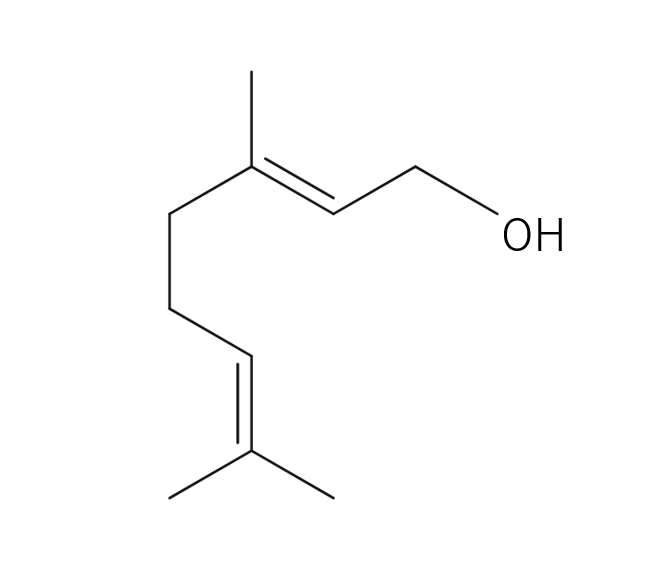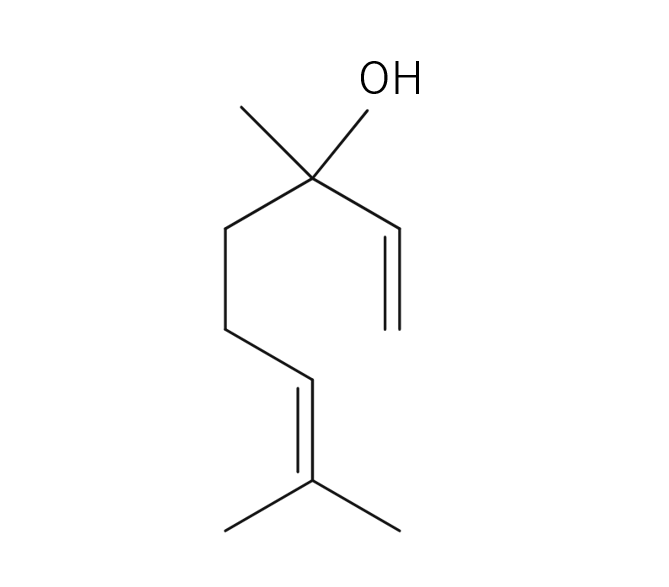About 0.35%-0.4% of Kuromoji's essential oil is obtained by steam distillation from its branches and leaves, and has a yellowish color. The primary components include linalool, renowned for its relaxing properties, along with 1.8 cineole, geranyl acetate, and limonene. The fragrance carries a woody undertone with subtle sweetness, creating a gentle and soft impression. Kuromoji essential oil has garnered attention in recent years due to its similarity to Rosewood essential oil, which is derived from an endangered species. It blends well with a wide range of essential oils, especially those with deep sweetness, citrus, and spice, combining well with black pepper, lemon, and rose, its neutral scent facilitates easy balancing when used in blends.
